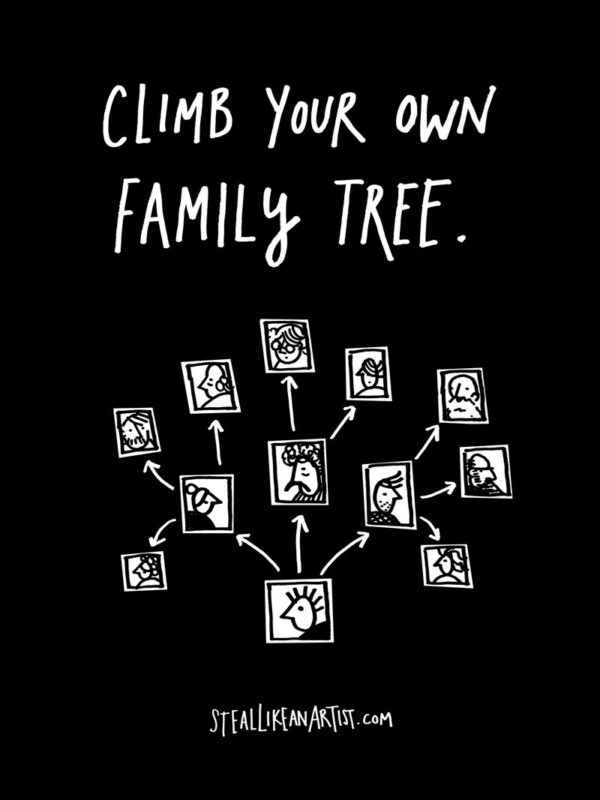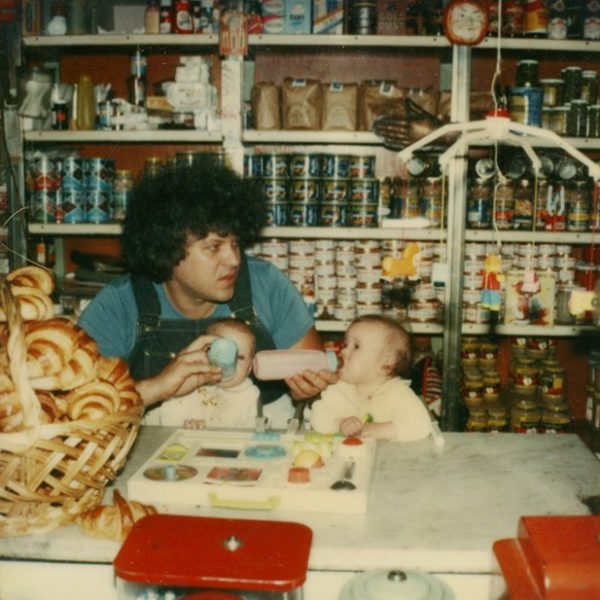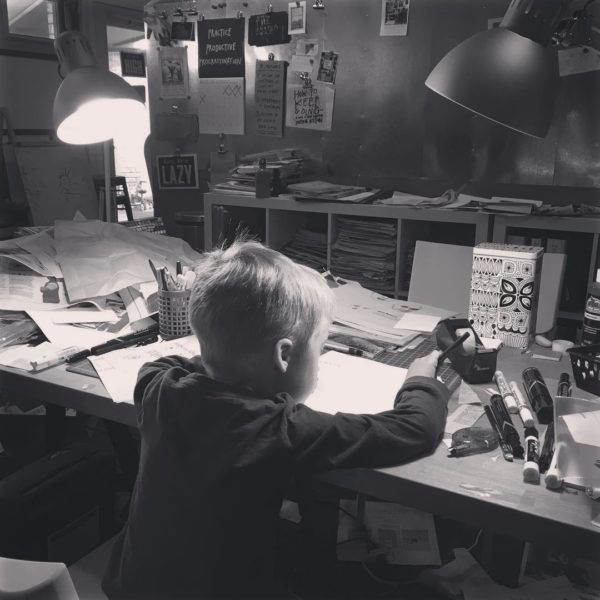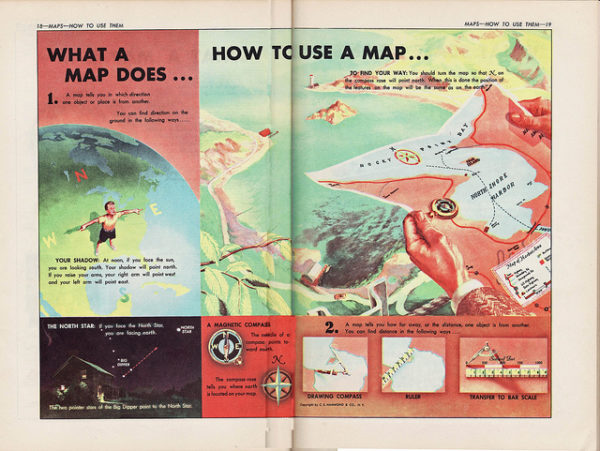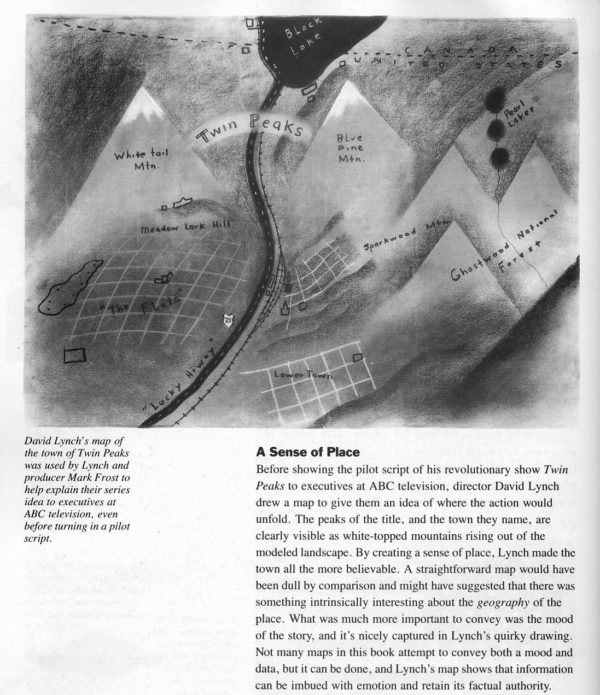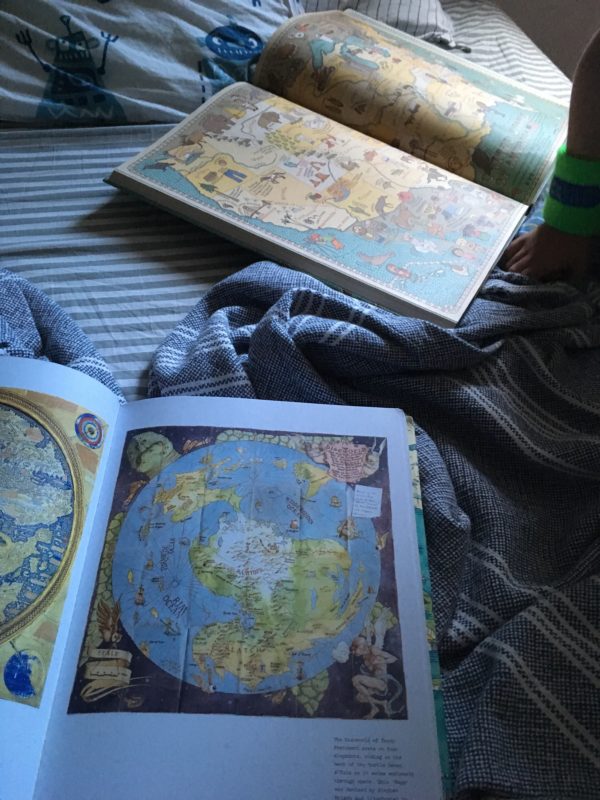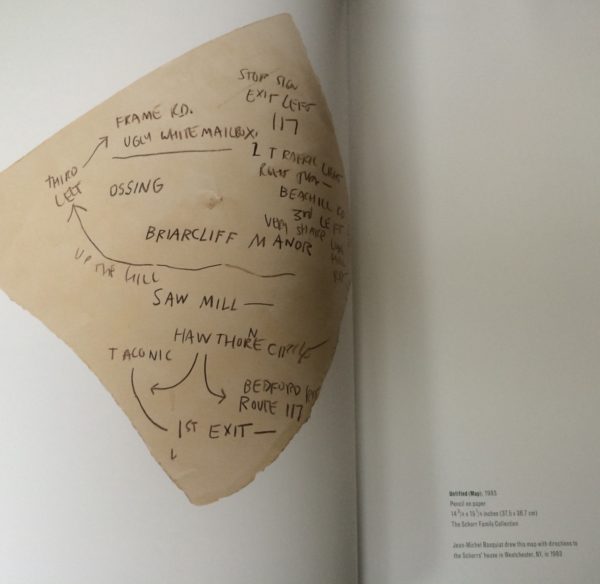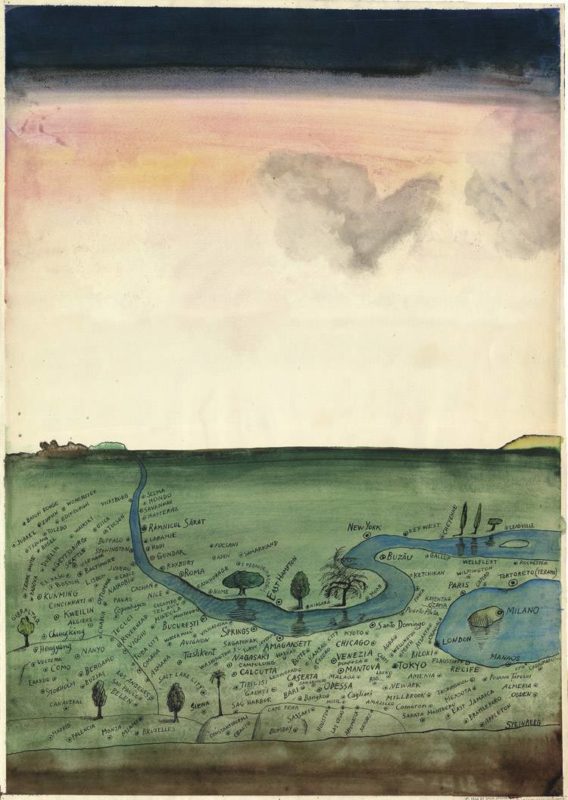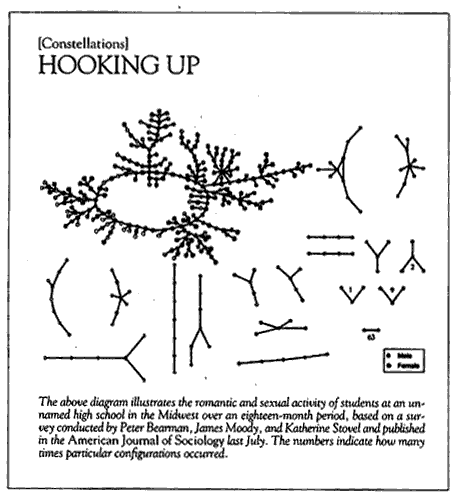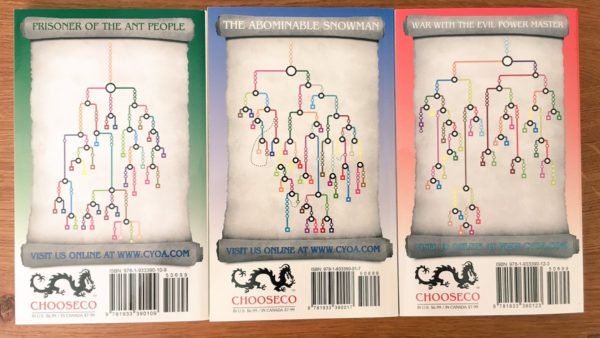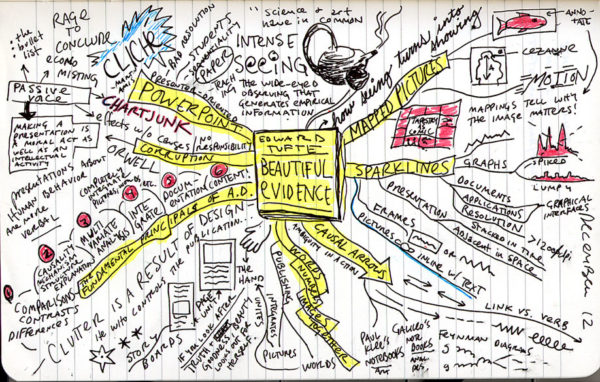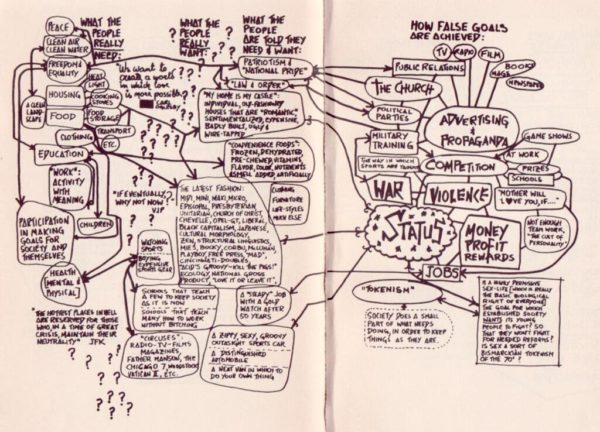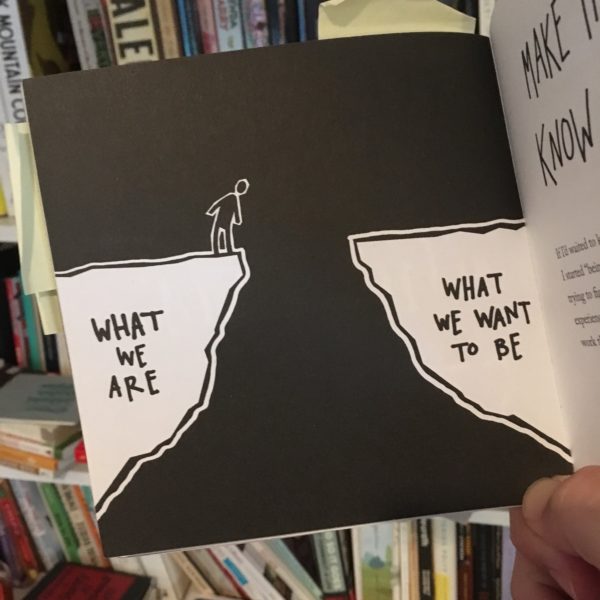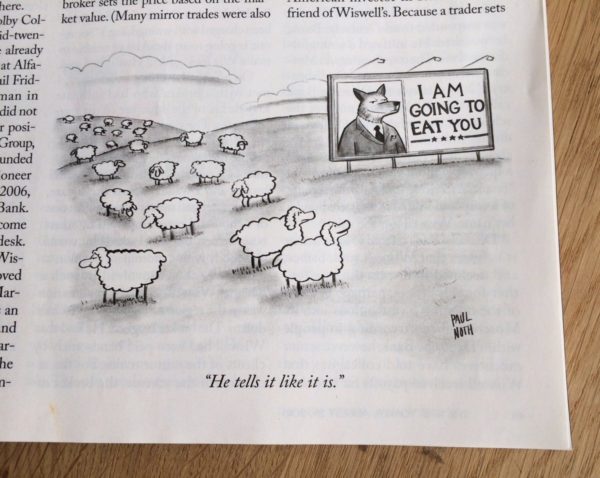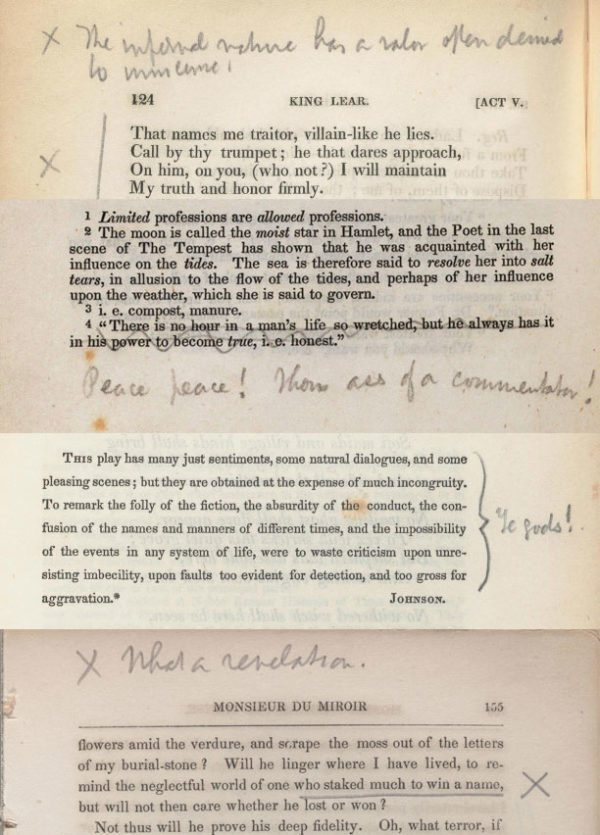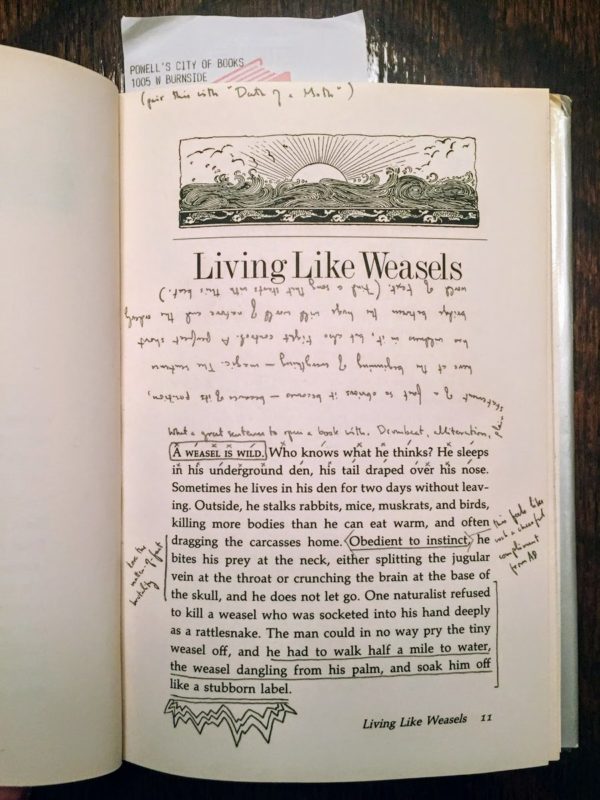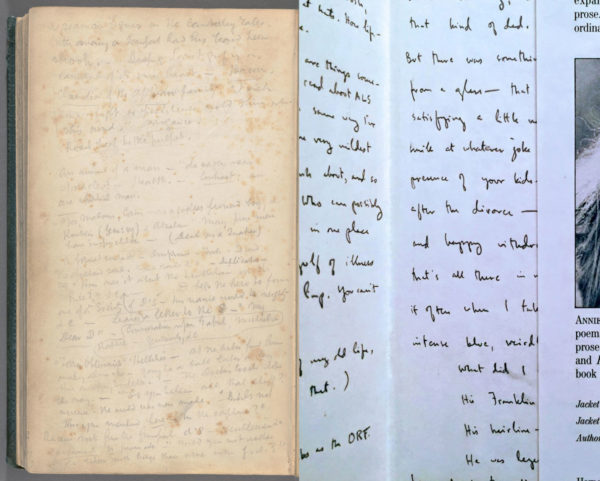One of the most important points of Steal Like An Artist is that you don’t get to pick your actual genealogy, but you can, and must, establish your own artistic genealogy.
Seneca said it better than I did a couple thousand years ago:
We are in the habit of saying that it was not in our power to choose the parents who were allotted to us, that they were given to us by chance. But we can choose whose children we would like to be. There are households of the noblest intellects: choose the one into which you wish to be adopted, and you will inherit not only their name but their property too. Nor will this property need to be guarded meanly or grudgingly: the more it is shared out, the greater it will become.
“I’m one of your children,” Philip Glass once said to John Cage, “whether you like it or not.” Glass writes a lot about lineage in Words Without Music:
I sometimes hear about work described in terms of ‘originality’ or ‘breakthrough,’ but my personal experience is quite different. For me music has always been about lineage. The past is reinvented and becomes the future. But the lineage is everything.”
(Glass talks a lot more about lineage at the beginning of this interview.)
There are many ways to discover and construct your own lineage. The easiest is what Alan Jacobs calls “swimming upstream.” You pick some artist or writer you love, and you find out who influenced them. From The Pleasures of Reading in an Age of Distraction:
We can turn our temporal attention upstream rather than downstream—toward what preceded Tolkien or Austen or whomever rather than what succeeded them. After all, Austen became the Austen we know largely through her reading—something that is true of almost all writers… If you imitate them in that sense—not by trying to write what they wrote but to read what they read—you’ll find your horizons expanding, your mind stretching, your resources of knowledge coming near their limits…
“I am very influenced by the people who influenced my influences,” says the musician M. Ward, “and I am influenced even more by the people who influenced them.”
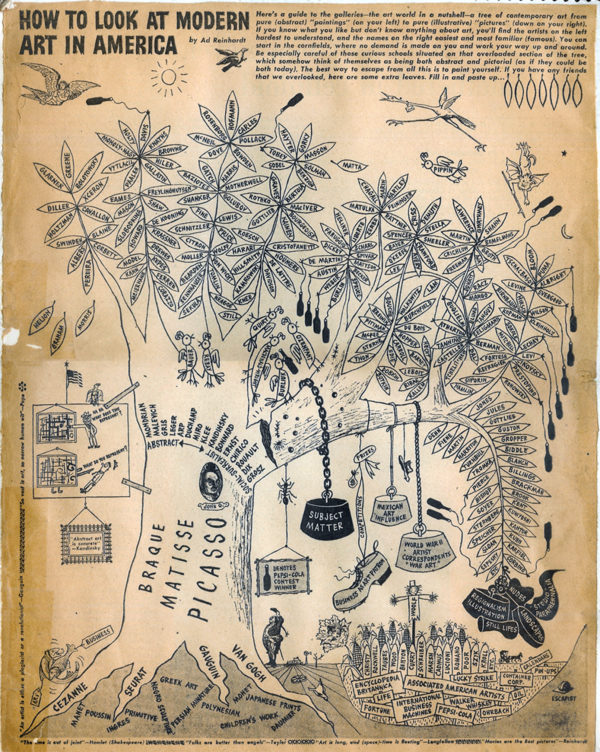
Sometimes with an older artist you can swim both upstream and downstream.
When my 5-year-old got obsessed with Kraftwerk, I didn’t quite realize just how perfect of a wormhole they would be into 20th-21st century music. When reading their biographies, he learned that “Autobahn” is a pun on The Beach Boys’ “Fun, Fun, Fun,” and the 1-2-3-4 countdown in “Showroom Dummies” comes from The Ramones, so he wanted to hear their songs. Later, he found out that “Planet Rock” takes the beat from “Numbers” and the synth line from “Trans Europe Express,” so he’s been playing that track over and over. He’d never heard rap music before, so now I’m (carefully) picking out some early hip-hop for him.
At some point, I’m guessing he’ll leap to another tree (eventually you find that they all have the same roots), but for now, it’s fun to watch him explore the branches of this one…
